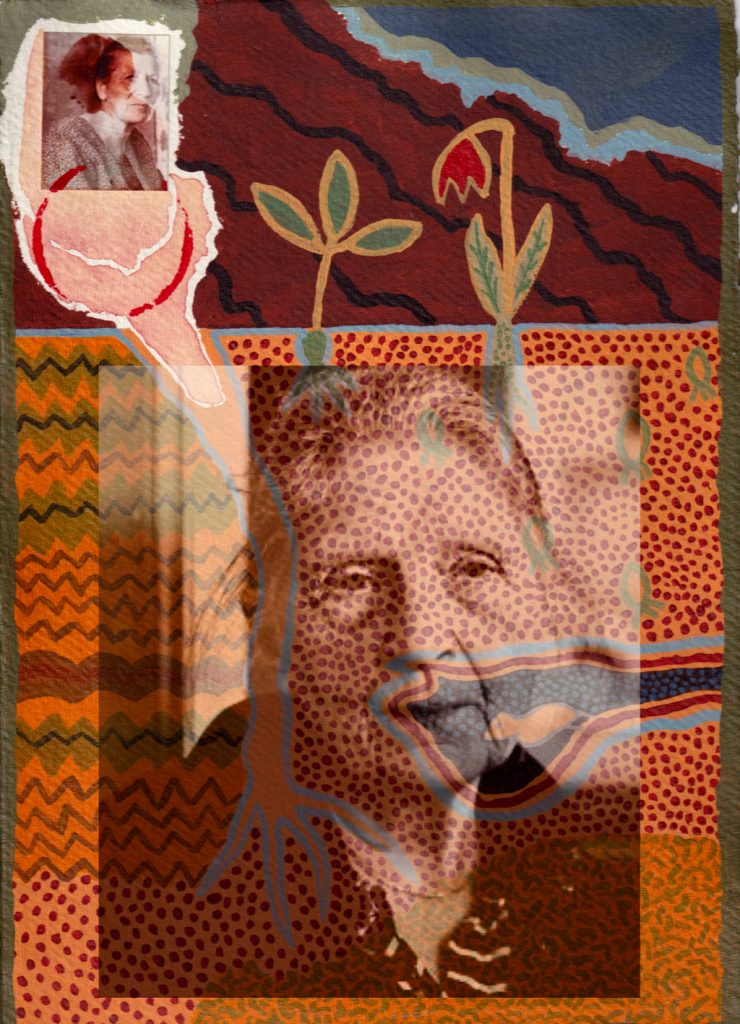
“Challenging prevailing orthodoxies and ways of working. Embracing the power of polarities, generating a space where radical change can happen. Encourage discussion and debate on difficult issues. Sometimes a tiny change is as important as a big one”.
UB
Robert Duncan writes that groups of poets fiercely defend their particular idea of what a poem is (and I know the same holds for other kinds of artist). He adds: ‘My own poetry from its earliest stages, or my own mind and my own world, belongs to a tradition in which we inhabit a creation and are creatures’. (Robert Duncan ‘Wind and Sea, Fire and Night’ in Spring 59 p. 55).
I once attended a conference at Dartington Hall with a colleague, an ardent feminist, at which Kathleen Raine spoke on poetry. After the talk my colleague asked me to introduce her as I knew Raine slightly through my mother. My colleague asked Raine how what she’d just said applied to Sylvia Plath. Without a moment’s hesitation Raine replied: ‘Sylvia Plath is not a poet’. That dismissal is linked for me with René Daumal’s claim that poetry, like magic, ‘is black or white, depending on whether it serves the sub-human or the superhuman’, a view certain traditionalist thinkers would extend to all the arts. (René Daumal trans. Mark Polizzotti The Powers of the Word: Selected Essays and Notes 1927-1943 San Francisco, City Lights Books).
How does that kind of judgement relate to the sixth-century Anglo-Saxon “cunning woman” – “cunning” from cunnon, ‘to know’ – found in Scremby in the Lincolnshire Wolds, whose grave goods included a Scandinavian beaver tooth pendant and a large number of rock-crystal beads. A cunning-woman who, in all probability, worked with the Old English metrical charms that show that ‘the early English used shamanic techniques in their medical practice’ and, if that’s so, was a healer, a poet, and more – her beaver tooth pendant may have been a link to the Finns, at that time viewed as the greatest magicians in the human race. (Kathleen Herbert Lost Gods of Old England p. 9). I think they’d have sided with Archbishop Wulfstan, who condemned such cunning-women as witches, helrune (‘women who sought knowledge from the dead’), even as wælcyrian.
At that time there were two distinctive attitudes to a wælcyrian, a war-woman originally seen as a goddess and a malevolent (“black”?) divinity. Wulfstan dismissed her as ‘a woman who walks the streets of England and incurs the very real-world wrath of God in the form of Danish-Viking invasions’. But the cunning woman, imperfectly Christian and a healer with a knowledge of rūncræft, would have seen her as a more-than-human force to be defeated, if possible, through charms that evoked her name. While the Archbishop condemned her out-of-hand, the cunning folk, who also saw her as an enemy, acknowledged her as a supernatural being of real power and, using traditional lore, attempted to conciliate or mollify her by using ‘heroic, epithetical language so as to banish her’. (Philip A. Purser (2013) “Her Syndan Wælcyrian: Illuminating the Form and Function of the Valkyrie-Figure in the Literature, Mythology, and Social Consciousness of Anglo-Saxon England.” Dissertation, Georgia State University). Rather than an outright dismissal, an respectful acknowledgement expressed poetically.